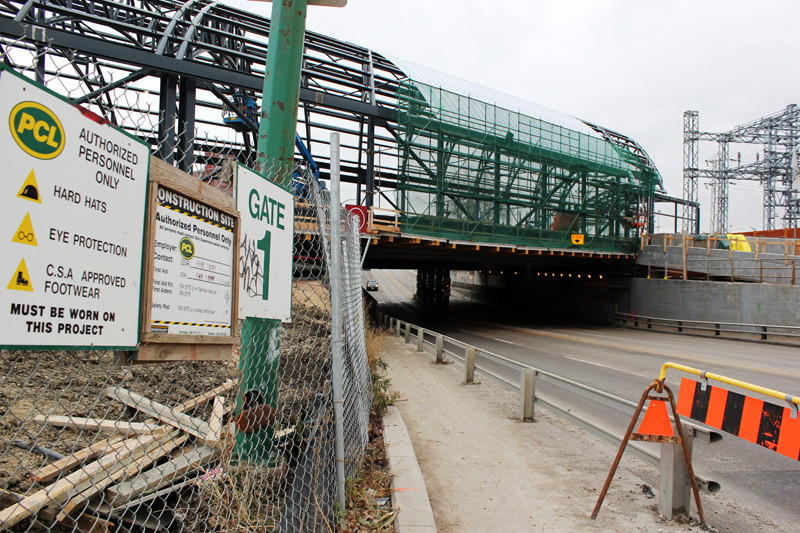Where will transportation take us?
Winnipeg’s new Transportation Master Plan gets mixed reviews
The City of Winnipeg’s proposed Transportation Master Plan lays out progressive goals, but not everyone is sure it can deliver the efficient and sustainable transportation system it says Winnipeg needs.
The 20-year blueprint aims to develop an integrated network of transportation options to deal with Winnipeg’s growing population and the need for more efficient and sustainable transportation. It identifies four new rapid transit corridors, a traffic circle inside the Perimeter Highway, $2 billion in road upgrades and an outline of active transportation routes.
Jino Distasio, director of the University of Winnipeg’s Institute of Urban Studies, finds the rapid transit aspect disappointing, because there is no commitment to a choice of bus or rail or to an exact route to the University of Manitoba.
“The plan, for the most part, recasts the same things that we’ve known for a long time - that we really don’t have a firm plan, or a firm sense of how we’re going to pay for this,” he said.
“They’ve talked about all the good things that need to be talked about. But there’s really nothing overly new,” he added. “At some point we just need to make a decision.”
Rapid transit has been a stumbling block in Winnipeg for decades, he said.
“We just keep talking and talking and talking,” he said. “It’s ridiculous. We’ve built three kilometres in 60 years of thinking.”
Luis Escobar, the city’s transportation manager, said the choice of rapid transit technology depends on demand.
“Right now, the portion that we’re building is bus rapid transit, and we’re building it in a way that can be upgraded to light rail,” he said.
The bus option will meet current needs, he added, but rail could be needed if future demand is high enough.
“ We just keep talking and talking and talking. It’s ridiculous. We’ve built three kilometres in 60 years of thinking.
Jino Distasio, director, Institute of Urban Studies
As to how projects will be financed, the plan recommends looking at existing documents and studies on securing funding, rather than spending more money repeating research, Escobar said.
Parts of the plan impressed Janice Lukes of Winnipeg Trails Association.
“The enabling strategies are brilliant. Everything we wanted to see and hear,” she said.
However, she found maps and cost estimates less developed for active transportation routes compared to road plans.
Escobar said road needs and costs are detailed because they already had a lot of information available. The active transportation network is relatively new, so there is a lot of catching up to do, he said.
Lukes said the plan doesn’t consider how increased trucking traffic from the Centreport development will affect active transportation.
“People think Centreport is just happening out in St. James,” she said. “Well, planes may land out there, but trucks just don’t land there, they’ve got to get there somehow. How do you have a livable city when you’re also becoming a global multi-modal transportation hub?”
Mark Cohoe from Bike to the Future said the organization is happy to see the city develop a plan, especially one that integrates transportation with land use planning, and moves toward more sustainability.
But his organization still has its concerns.
“When we look at the budget (for active transportation), where the rubber hits the road, it’s not necessarily there,” he said.
Bike to the Future has been calling for $8 million per year to tackle barriers such as bridges and underpasses throughout the city. The eventual goal should be a low-stress bikeway within 400 metres of all residential, commercial and industrial sites, Cohoe said.
“We cannot say we need $8 million or $10 million for active transportation without knowing exactly what it is we need to do,” said Escobar.
Published in Volume 66, Number 12 of The Uniter (November 17, 2011)







